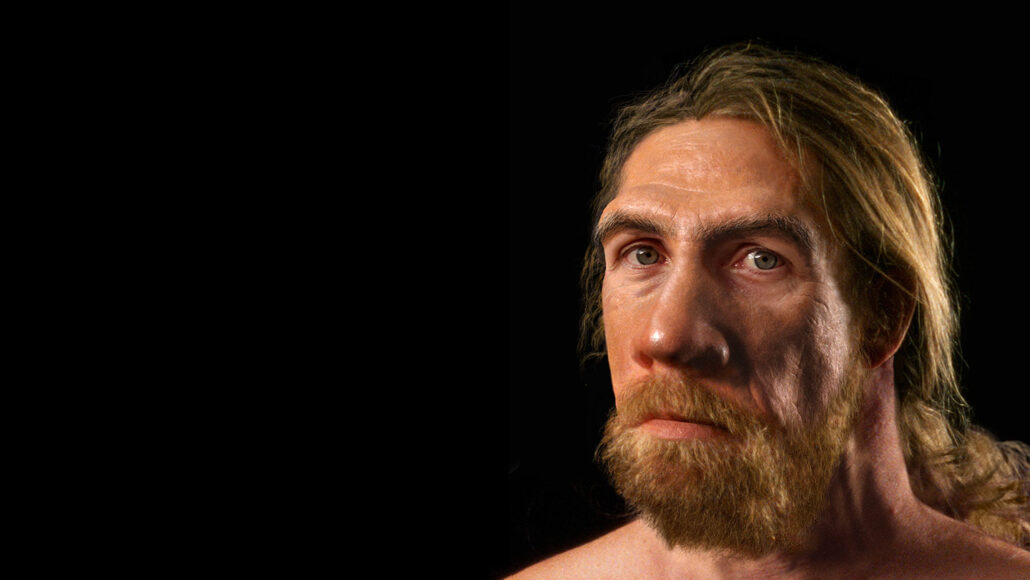Questions for ‘Neandertals were a lot like our human ancestors’

Archaeological evidence shows that Neandertals were intelligent and capable individuals. Genetic evidence also suggests some could have had light hair and fair skin. Artist John Gurche digitally reconstructed this head by working from the image of a skull from a classic Neandertal skeleton — La Ferrassie 1 — unearthed in France.
© J. Gurche 2023